
A CC0 (Creative Commons Zero) NFT is an NFT with a copyright in which the owner permits anyone to use the NFT for commercial gain.
What are the future possibilities with CC0 NFTs?
The world of NFTs is in its infancy. As artists and creators explore ways to create and monetize their content, products and platforms are emerging to offer frameworks for creators to operate and build their brands, and monetize them.
It is still the early days for the nonfungible token world. The last couple of years have seen an economic model emerge for artists and creators. With every new business model, there needs to be new distribution strategies that emerge.
NFTs have shown how brands can be monetized. However, relying on a small community to create the distribution capability for the brand is not scalable. As more co-creation models emerge and more platforms to actively promote become mainstream, CC0 NFTs would have the bells and whistles needed to scale their brand outreach.
Another fundamental building block for nonfungible tokens to scale their reach is interoperability. The NFT world is still siloed across different blockchains. Even the cultures of the Ethereum and Solana NFT collections are noticeably different. There is a need for better interoperability across chains, and nonfungible token cultures would need to be agnostic to the infrastructure on which they are created.
As these infrastructural and community collaboration layers get more sophisticated, CC0 nonfungible tokens will have the rails they need to scale their brand beyond a community of 10,000 NFT holders.
What are the implications for the CC0 NFT project team?
As the Web3 world has largely promoted transparency and openness with code, NFT creators and teams are also opting for the same with art. However, that is just the beginning of the journey, and these nonfungible token creators and communities must realize that.
CC0 can sometimes be portrayed as a logical conclusion where the NFT creators hand over the process of building on their creation to their community and beyond. Some NFT collections have had several derivative projects promoting the culture of the NFT almost as brand extensions. However, declaring a project as CC0 is just the beginning.
NFT project teams and creators who take the CC0 route must actively promote the use of the brand and onboard other creators and projects to build brand extensions to their NFT collections.
No open-source software project could have scaled without a strong codebase. Similarly, CC0 NFT projects need a strong creator community to spread the word, get inspired by the original nonfungible token collections and make them household brands. This is only possible through the conscious community-building efforts of the NFT project teams.
Therefore, by going down the CC0 route, NFT creators have almost reduced the burden on its nonfungible tokenholders to promote the brand. Instead, they have a more considerable responsibility with their NFT holders to onboard brand, product and art extensions to their nonfungible tokens.
For instance, if a Nike product line chooses to use a Moonbirds image on their shoes, that increases the awareness of Moonbirds within the retail audience, thereby improving the brand outreach. However, these top-tier brand partnerships must be often forged by the NFT project teams.
What are the implications for the NFT community?
The CC0 approach isn’t without its challenges, particularly for the individual NFT holder keen on monetizing their ownership rights on the nonfungible tokens.
NFTs that haven’t embraced CC0 have had NFT holders license the use of their nonfungible tokens to businesses, brands and creative initiatives. Some nonfungible token communities that had gone down the CC0 route had unhappy community members and commercial downsides in the short term.
CC0 allows for the very open use of the NFT brand and art by removing the IP friction points. However, some NFT holders of top communities own their profile picture (PFP) nonfungible tokens to monetize the IP of the NFTs. In some scenarios, NFT holders had lost significant opportunities in licensing contracts when the nonfungible token project team chose to go down the CC0 route.
This approach has its pros and cons like the open source approach to software. There are short-term downside implications for community members who want to tap into the IP rights they had over the NFTs. However, the long-term benefit of building the brand through an open approach is equally alluring for many.
How did the rise of CC0 NFTs happen?
Although one significant project chose CC0 in 2021, many followed suit in 2022, with a CC0 summer that saw many big NFT projects embracing the CC0 route.
Perhaps the first significant NFT project to open the door to the CC0 licensing model was the “Nouns” project. They were soon followed by many nonfungible token projects, including Moonbirds, Cryptoadz, Cryptoteddies and Loot, that chose to go down the CC0 route.
This has given derivative NFT collections more freedom in drawing inspiration from these CC0 collections. Derivative NFTs are typically those that draw design and art inspiration from the parent NFT collection, which often increases the brand outreach of the parent collection. With CC0s on the rise, derivatives had more liberty.
However, this also resulted in commercial implications for the NFT holders and project teams who make fundamental business strategy decisions for the nonfungible token community.
What are CC0 NFTs?
As nonfungible tokens (NFTs) rose to fame over the last couple of years, they were hailed as the solution to digital ownership and intellectual property (IP). However, a new class of NFTs and founders who believe in them have emerged in CC0 NFTs.
CC0 nonfungible tokens are to NFT creators as open source software is to developers. However, the digital ownership and IP protection was the design principle behind NFTs when they first launched. Several projects, including Bored Ape Yacht Club and CryptoPunks, have benefitted from the holders of these NFTs owning the IP to their art.
Nonfungible tokenholders could create revenue opportunities for themselves by allowing creators, businesses and brands to use their NFT artwork for a fee. Other creators, NFT collections and even traditional businesses could use nonfungible token images as a brand-building exercise if they had the permission of the NFT holders.
Recently, a movement termed CC0 NFTs has taken the nonfungible token world by storm. The term CC0 NFTs was inspired by the “Creative Commons Zero” licensing model. As per this model, creators can waive their rights to their art, allowing others to use the artwork freely to build more art, a product or a brand on top of it.
This is akin to the open source movement in operating systems, as Linux chose to open its ecosystems for free use. Similar to the Linux operating system, which has a market cap of $15.95 billion and powers over 85% of smartphones, CC0 NFT collections expect a larger base of projects, artwork and brands using their NFT artwork.

You can get bonuses upto $100 FREE BONUS when you:
💰 Install these recommended apps:
💲 SocialGood - 100% Crypto Back on Everyday Shopping
💲 xPortal - The DeFi For The Next Billion
💲 CryptoTab Browser - Lightweight, fast, and ready to mine!
💰 Register on these recommended exchanges:
🟡 Binance🟡 Bitfinex🟡 Bitmart🟡 Bittrex🟡 Bitget
🟡 CoinEx🟡 Crypto.com🟡 Gate.io🟡 Huobi🟡 Kucoin.

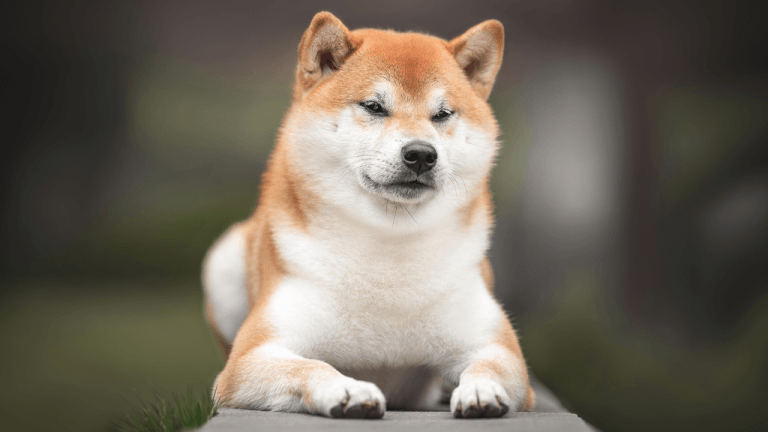


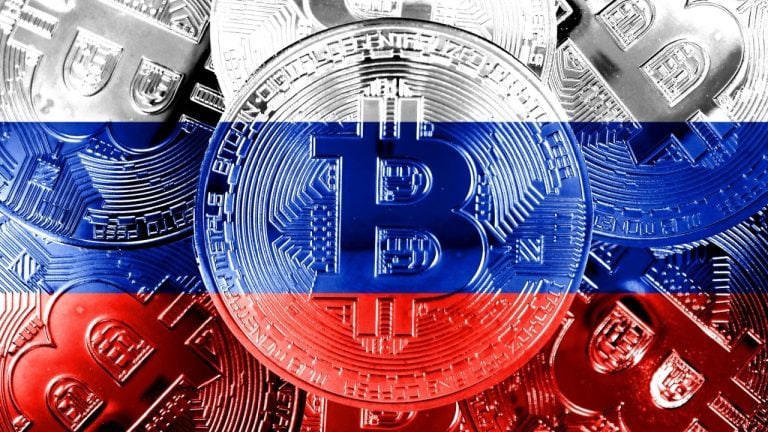

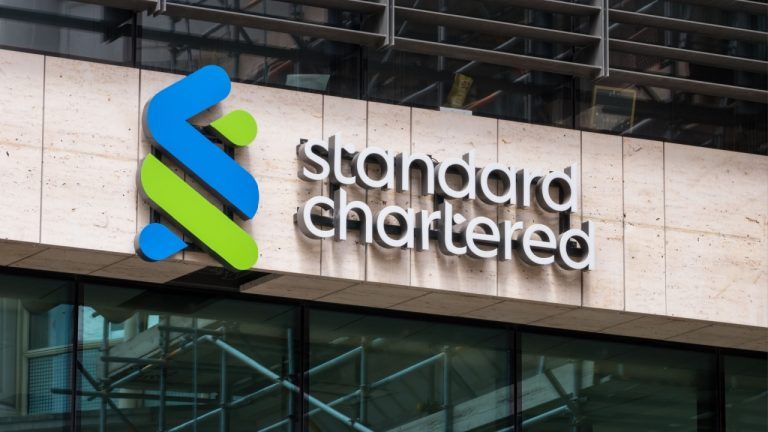

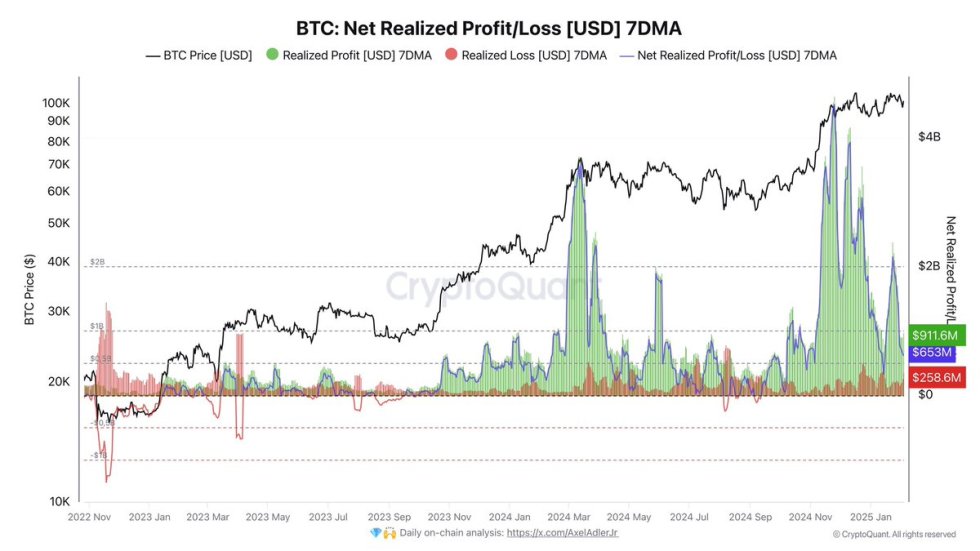






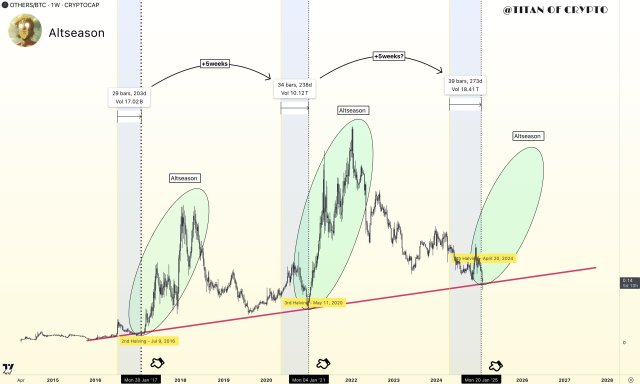




Comments